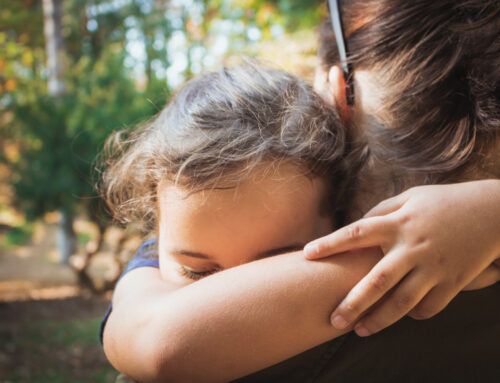Domestic Violence Statistics: What You Should Know
Domestic violence is a pervasive issue that affects countless individuals across the United States. Understanding the statistics and demographic breakdown is essential for addressing the problem effectively. In this article, we’ll delve into the prevalence of domestic violence in the US, then focus on domestic violence in D.C.
National Statistics on Domestic Violence
Prevalence: The National Coalition Against Domestic Violence (NCADV) reports that “on average, nearly 20 people per minute are physically abused by an intimate partner in the United States.” This equates to more than 10 million women and men each year.
Demographics:
Age: Young women between the ages of 18 and 24 are most commonly abused by an intimate partner.
Race: Studies indicate that Native American women experience higher rates of domestic violence than any other race.
Socioeconomic status: Domestic violence affects people from all socioeconomic backgrounds, but individuals in lower-income households experience a slightly higher risk.
Domestic Violence in Washington, D.C.
Washington, D.C., like many urban areas, faces unique challenges when it comes to domestic violence. These challenges include:
High incidence rates: Washington, D.C., witnesses a significant number of domestic violence cases each year, reflecting a pressing concern for the city’s residents. Research shows that “39% of women who reside in the District of Columbia have reported physical assault, sexual assault, or stalking by a current or former intimate partner.”
Limited safe housing availability: Despite the demand, there’s a shortage of safe housing for survivors, often leaving them with few options for refuge.
Legal system gaps: While thousands of domestic violence-related calls are made to the D.C. police department annually, only a small percentage result in arrests, highlighting potential inefficiencies in the legal response.
Cultural and social stigmas: Diverse communities in D.C. face cultural or social stigmas that can deter survivors from reporting abuse or seeking assistance.
Insufficient support services: Beyond safe housing, there’s a need for more comprehensive services, including counseling, legal advocacy, and long-term support for survivors trying to rebuild their lives.
Support Survivors of Domestic Violence in Washington, D.C. and Beyond
Here in the heart of Washington, D.C., My Sister’s Place (MSP) shelters, supports, and empowers survivors of domestic violence and their children while providing leadership and education to build a supportive community. We offer a full continuum of care, from emergency shelter through transitional-to-permanent housing. MSP also provides training, case consultation, and advocacy to engage communities to prevent violence and abuse.
All communities face domestic violence, but responding to each community’s needs requires culturally competent care. MSP employs bilingual case managers from the community, does community-specific outreach, and partners with Ayuda, Mary’s Center, CARECEN, and other partner organizations to provide comprehensive services to the diverse communities in DC. More broadly, MSP is a member of the DC Coalition Against Domestic Violence, a membership of organizations working to eliminate domestic violence in DC – learn about our partners under the Partners section of our website.
You can support victims of domestic violence in D.C. and beyond by donating to My Sister’s Place. You’re not just giving money — you’re providing hope, safety, and a chance for a brighter future. Help us end the cycle of domestic violence and empower survivors to build healthy lives and relationships.




